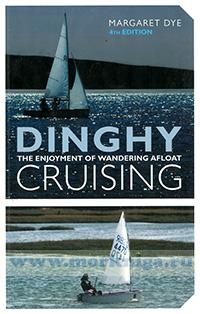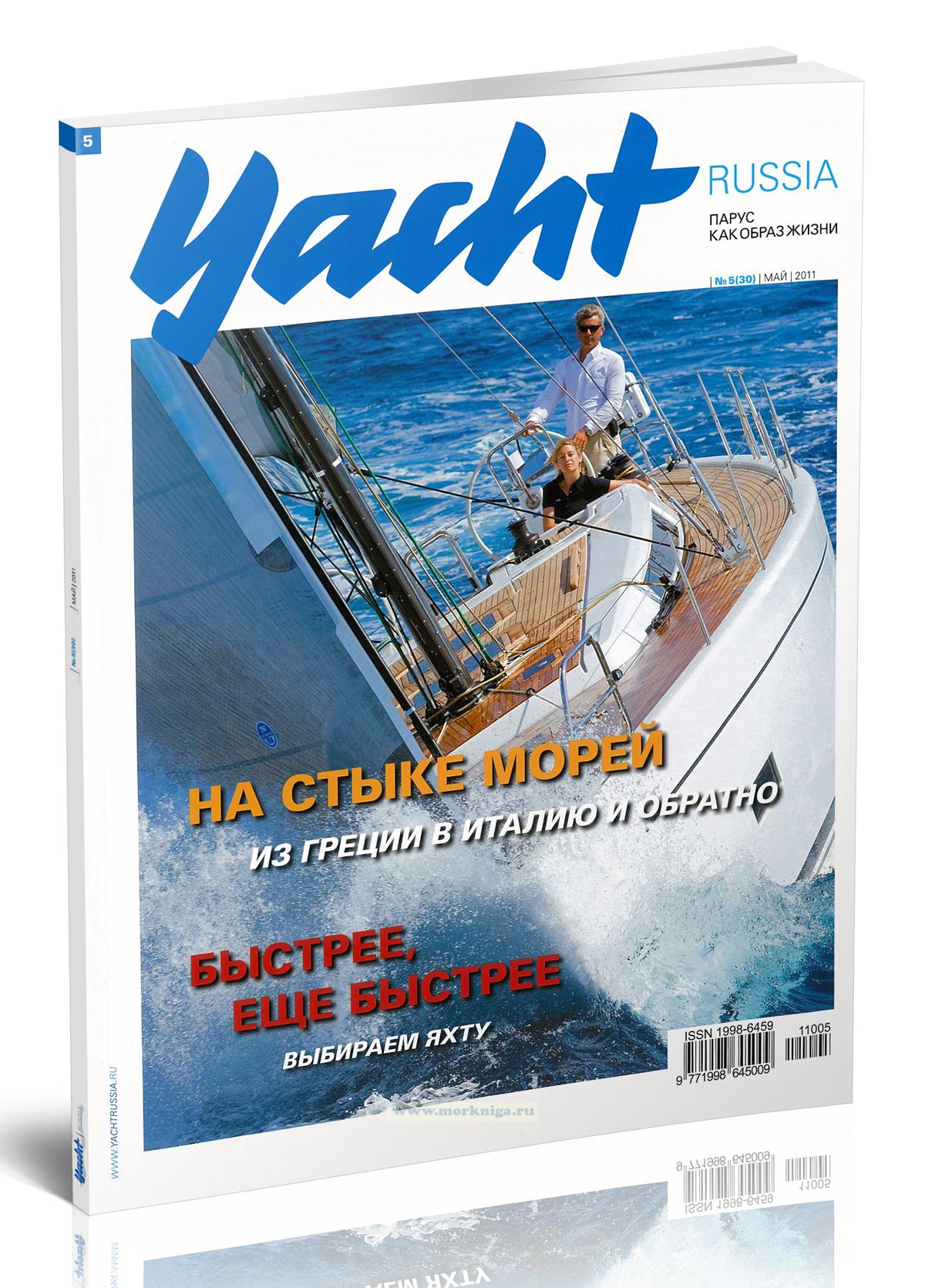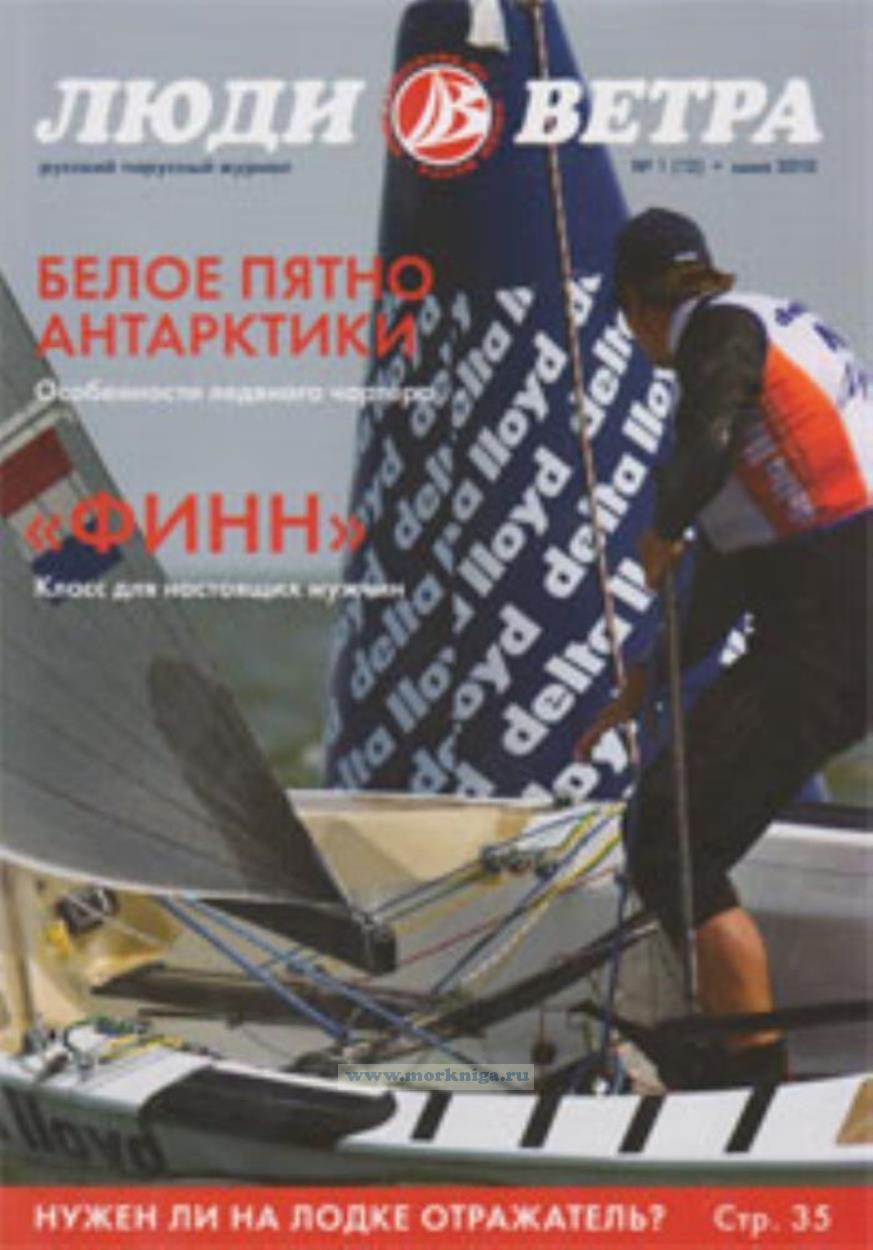Сб с 10 до 16
Dinghy Cruising
Even before I begin to write this Foreword, I realise I will have to claim partial responsibility for many of the things Margaret Dye has written about in this book. However, it is an involvement that gives me great pleasure. The reason is simple. I was fortunate enough to be the designer of the sailing dinghies in which Margaret has done her cruising.
There is nothing unusual in that fact — and I am lucky to have designed over 100 sailing dinghies as well, of which 65,000 are presently sailing — but in truth, it can be said that no other dinghy sailors have had so much influence in the development of their boats, or commanded so much attention, in the best possible way, as Margaret and her husband Frank. They have a wealth of experience in dinghy cruising which I believe is unmatched. When they talk about it, you would be stupid not to listen very carefully.
To be honest, Margaret is not the easiest of clients. But undoubtedly she and Frank are the best. When she wanted a 4.2 metre (14 foot) dinghy, lighter than a 4.8 metre (16 foot) Wayfarer, and asked me to design it eleven years ago, I was given a free hand. The Wanderer class was the result, and as there are now over 1,000 of them and Margaret still owns one, it can be termed a success. I can now sit back and relax, you might think.
Relax? What a delusion! Every year this determined small powerhouse has ambitious sailing plans and often, (or at least it seems pretty often!) she has new or different requirements for the boat. Frequently, these requirements seem conflicting. All Margaret knows is she wants them — she does not even pretend to know how to get them all into one little boat! That's my job, of course, but sometimes it is very tempting to dismiss her objectives as incompatible or just too difficult.
Are these objectives always sensible? Well, on occasions I may have been foolish enough to doubt it, but not any longer. Maybe her objectives cannot always be fully achieved, but one can always see good reason for each of them. It is a pleasure discussing them, thinking about them — and one always learns something.
Содержание
Preface to the Fourth Edition
Foreword by Ian Proctor
1 Dinghy decisions
2 Stowage in a dinghy
3 Clothing for cruising
4 Trolleys and trailers
5 Anchors and anchoring
6 Dining in a dinghy
7 Alternative propulsion
8 Weatherwatch
9 Sleeping afloat
10 First aid — for humans and boats
11 Gaining experience
12 Navigation and pilotage for dinghies
13 Passage planning
14 Comm unication
15 Singlehanded cruising
16 Laying up andfitting out
17 Quality time with a Gull Spirit
18 Magical moments
Index

 Личная книжка яхтсмена. Personal seatime logbook
Личная книжка яхтсмена. Personal seatime logbook  Журнал "Yacht Russia" №5 (30), май 2011
Журнал "Yacht Russia" №5 (30), май 2011  Журнал "Люди ветра" №1 (12) / Зима 2010
Журнал "Люди ветра" №1 (12) / Зима 2010